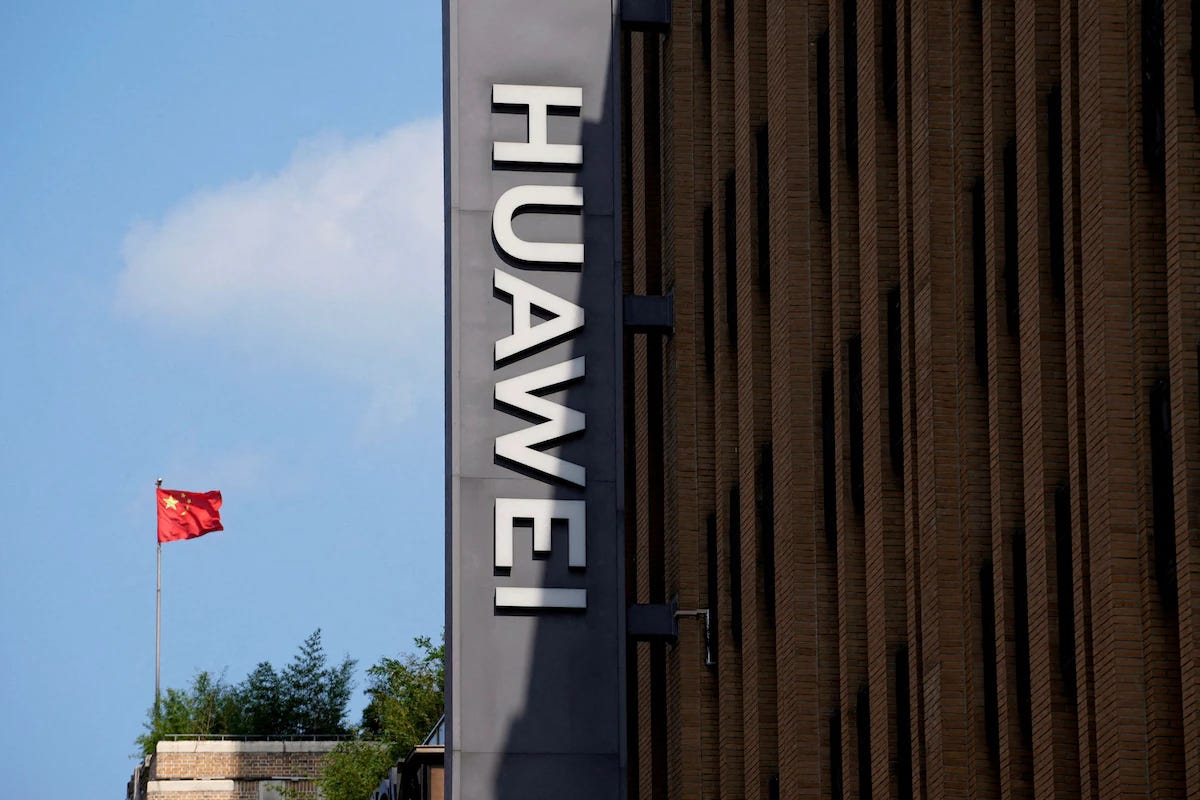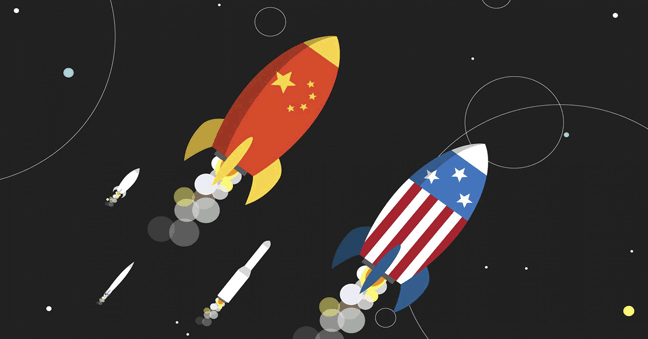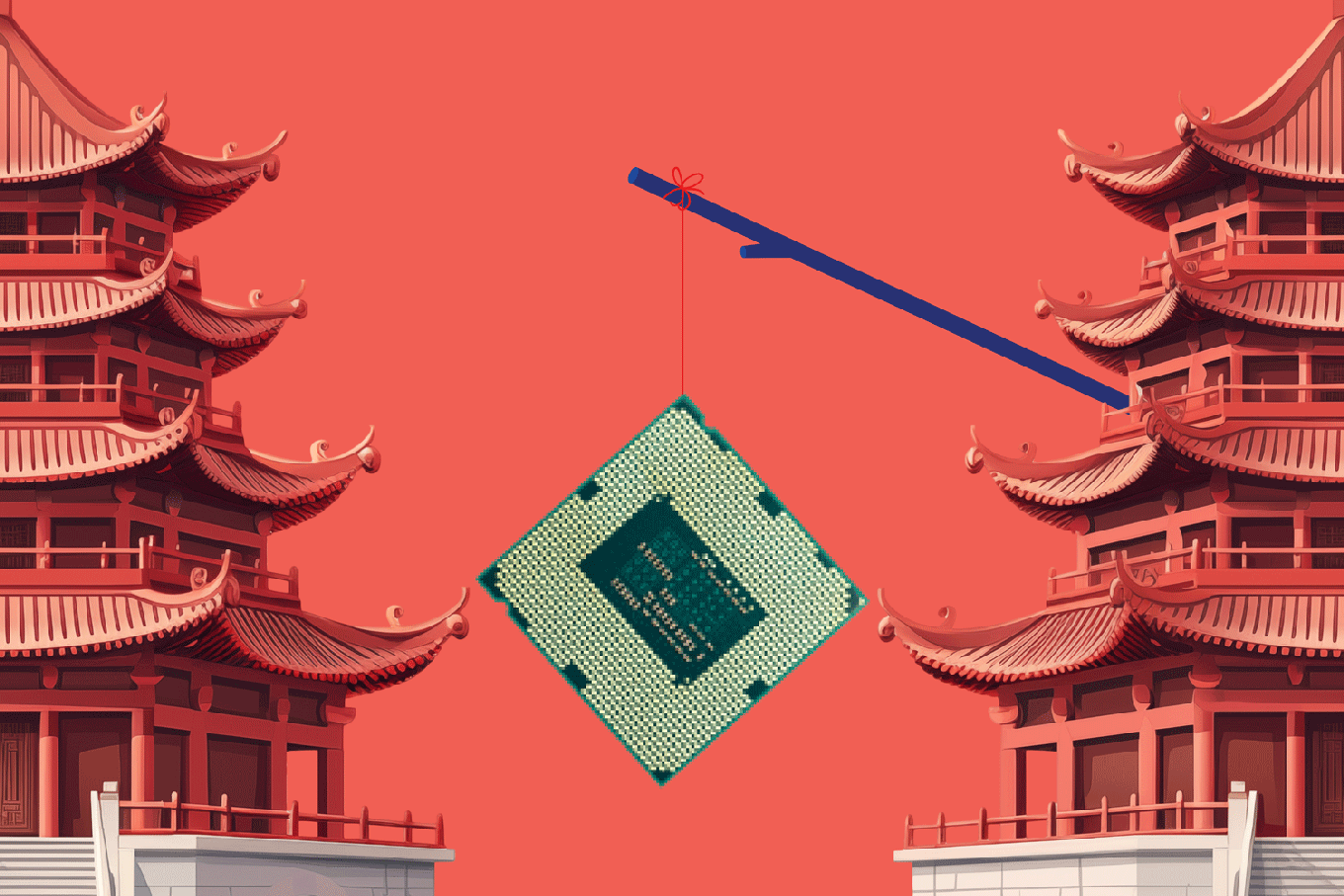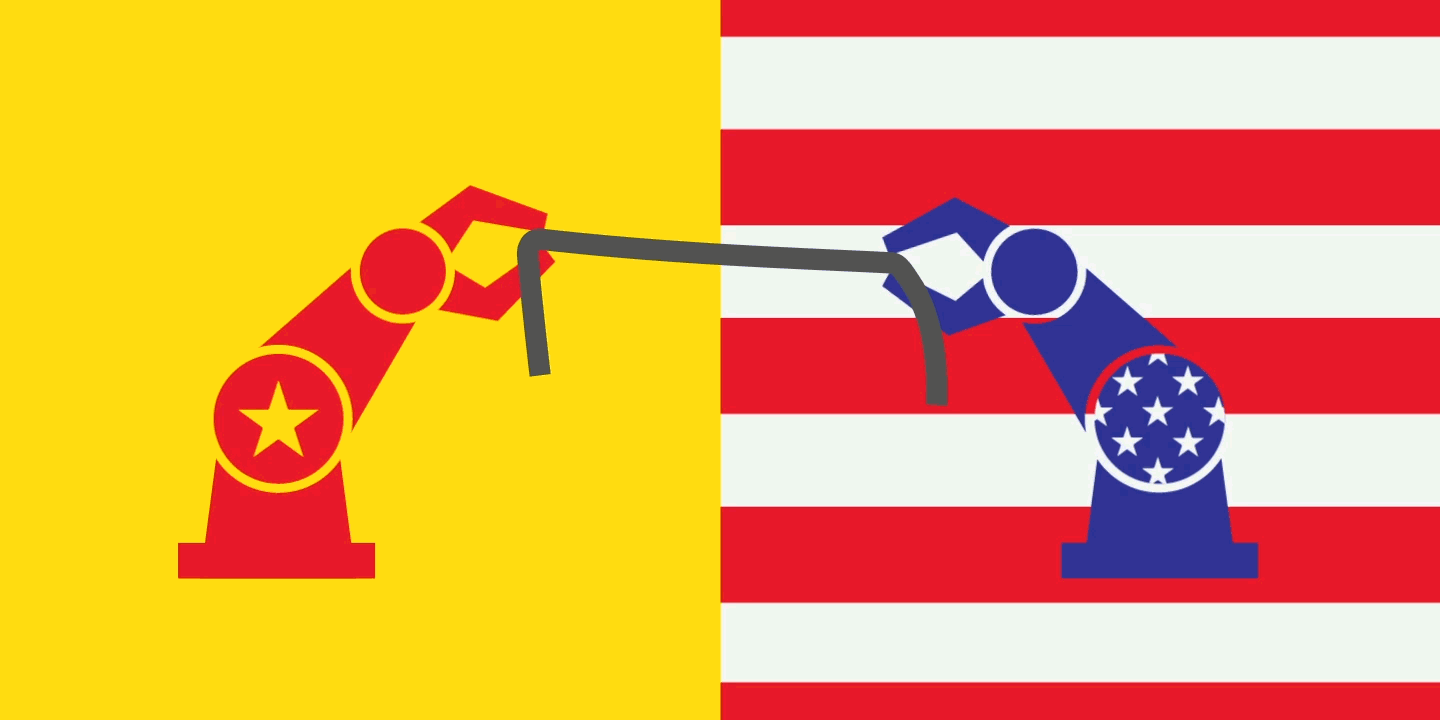
AI: China/Huawei vs US interests. RTZ #592
As I outlined in point #7 of my ‘AI Building 2025’ piece a few days ago, one of the critical factors for this AI Tech Wave this year will be ‘Working with China’. Despite the seeming US/China AI ‘Space Race’. Which could potentially lead to not working with China. Especially given the rising bipartisan concerns in DC about China’s geopolitical priorities over ‘threading the needle’ with mutually beneficial tech/trade and AI issues.
There is of course a rising probability that tensions go higher than lower on this front this year, despite the involvement of Elon Musk as a key advisor to the new incoming President. That of course being predicated on Elon Musk’s interests in China with Tesla and other ventures.
I’ve written extensively about the US needing to ‘thread the needle’ with China on tech/AI, especially given the global opportunities for US companies, ‘Mag 7’ and/or ‘Batmmaan’ and others. Especially given the concurrent rise of AI Robotics, self-driving cars, drones, and other areas, that will need direct and indirect access to China’s vast supply chain ecosystem capabilities in these critical fields.
One key Chinese company will be continue to be at the center of this US/China cross-road is Huawei.
As the Washington Post outlines in a timely piece “How Huawei brought on a Sputnik moment in world trade”. The piece is a preview of an upcoming book on Huawei titled “House of Huawei: The Secret History of China’s Most Powerful Company,” which will be published Jan. 14 by Portfolio,” by Eva Dou. It’s worth reading in full, given the efforts by both the first Trump administration, and the outgoing Biden administration, to curtail Huawei’s access to US technologies.
It’s about access to and/or impact on, US technology from companies like Qualcomm, Intel, Nvidia, Apple, Google, Broadcom, Micron, AMD, and many others. Here’s the crux of the issue as outlined by the Washington Post:
“Concerns about Huawei’s rise despite harsh U.S. sanctions have helped fuel a shift in sentiment away from globalization, which was supposed to keep authoritarian governments in check by intertwining their economies with Western markets they needed.”
“It also demonstrated the resilience of a company at the center of a worsening cold war between the United States and China.”
“There had been hopes among Huawei’s executives that President Joe Biden would be softer on China than Trump, but they were quickly dispelled. There was no indication that Washington would lift its sanctions against Huawei anytime soon.”
“Huawei’s rise had been a Sputnik moment. It had changed the way that people around the world thought about innovation, trade, and their own pasts and futures.”
A key US concern of course is the extensive intertwining of Huawei with the most senior members of China’s ruling party:
“What is new is the onset of a fresh cold war between the United States and China, which has changed calculations. Now the assumption on both sides is that the other nation sees the competition as a zero-sum game and believes that it will not act in good faith.”
“It is in that context that the United States has worried about how aligned Huawei might be to the Chinese government. Every five years, a few dozen shareholders are officially anointed as “representatives,” giving them the power to make decisions in the name of all shareholders. These representatives pass judgment on major company decisions. They also pick Huawei’s board of directors, which in turn picks the CEO.”
And these ties run deep at the top:
“The longtime party secretary, Zhou Daiqi, a liaison for the company with the Chinese Communist Party, had consistently been listed as a representative. There was also Sun Yafang, who had worked for the Ministry of State Security’s Communications Department before joining Huawei and rising to become the company’s chairwoman. After retiring from that role in 2018, she remained at Huawei but did not appear in other senior management lists. But in the 2023 representatives list, her name continues to come second, just after Ren’s and ahead of that belonging to the new chairman, Liang Hua.”
“At Huawei, as in China, the collective governance model obscures who, exactly, is making decisions, and this is by design. Many times, it is the core leader making the decisions, due to his centralized power, but esteemed elders often wield considerable influence in the wings. It can even be possible for them to override the nominal leader on decisions. The party’s internal disciplinary mechanism — present for both the government and for Huawei — serves as a powerful stick to keep individual officials in line, as it allows the party to oust those who are ideologically out of step.”
“Huawei’s goal, like the party’s, is to ensure its own long-term survival. Achieving this goal requires winning enough in from its workers. But maximizing shareholder value — or individuals’ well-being — is not the end in and of itself.”
It’s not clear how this all shakes out with the incoming second Trump administration, and a new Congress. But Huawei remains a key chess piece in the US/China tech/Ai relationship in 2025. With both the company and China determined to ‘find a way’ forward despite growing US opposition. In a bottom up way.
And of course how this AI Tech Wave shakes out with rapidly evolving global supply chains. Stay tuned.
(NOTE: The discussions here are for information purposes only, and not meant as investment advice at any time. Thanks for joining us here)









